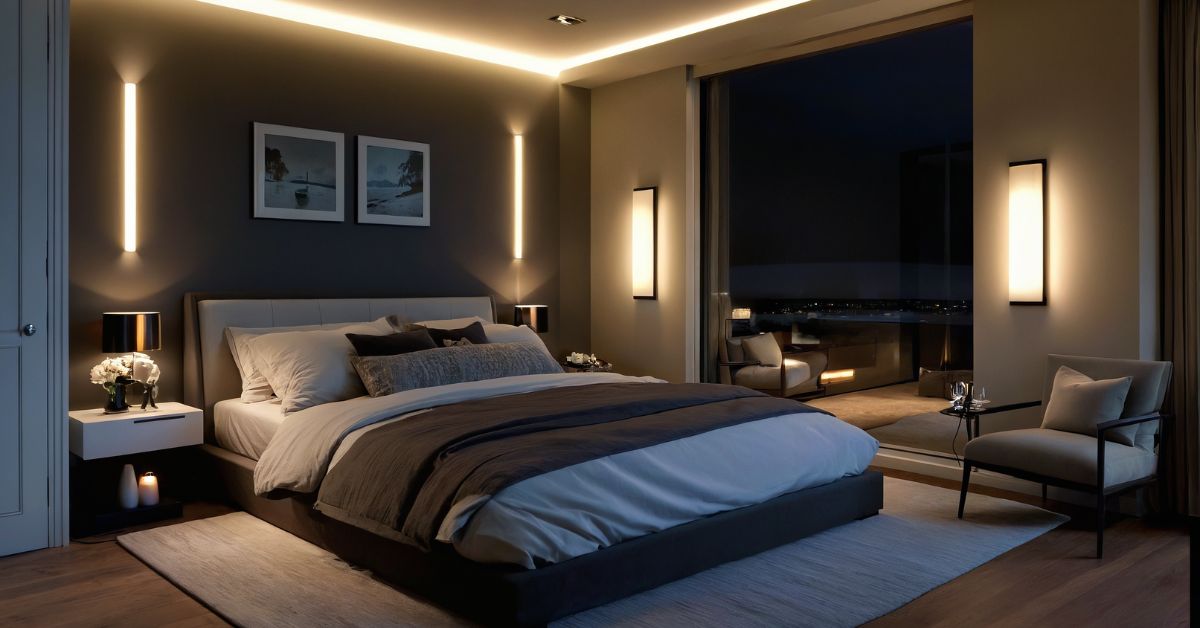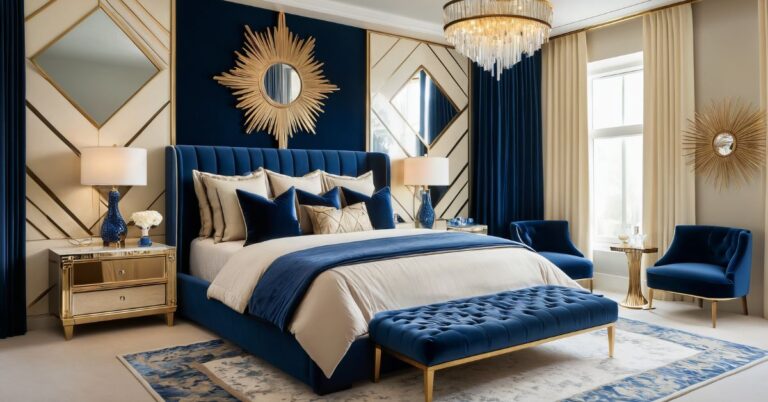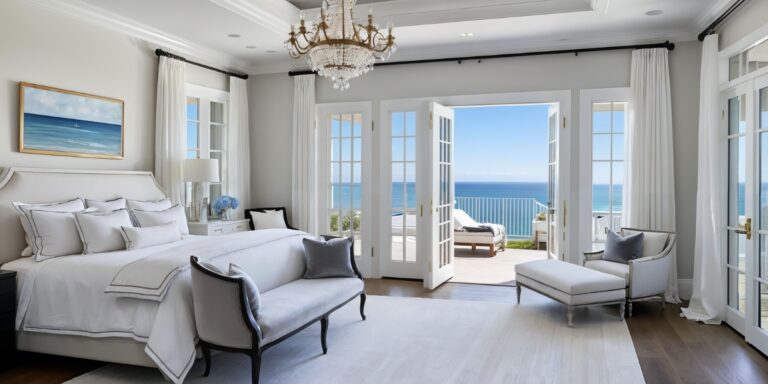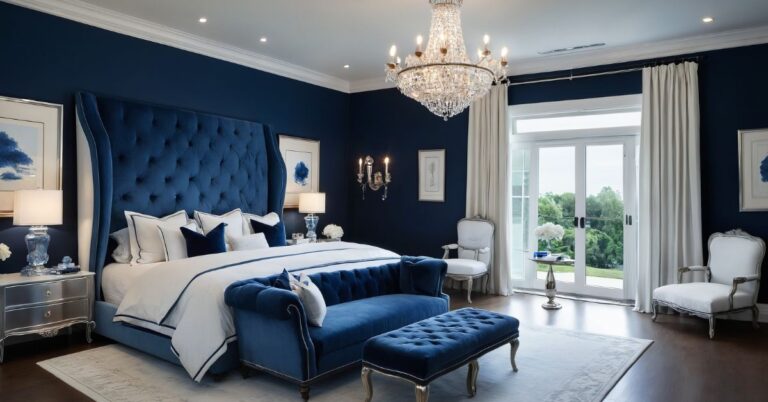After designing compact bedrooms for over 120 couples in my seven years as an interior consultant, I’ve learned that small spaces can actually enhance intimacy when designed thoughtfully. The key lies in understanding that every square foot must serve multiple purposes while maintaining the romance and personal connection that couples need in their private sanctuary.
What surprised me early in my career was how often couples assume small bedrooms mean sacrificing style or comfort. Through countless projects in studio apartments, tiny homes, and compact urban spaces, I’ve discovered that the opposite is true—small bedrooms force creative solutions that often result in more functional, beautiful spaces than their larger counterparts.
The challenge isn’t just about fitting everything in; it’s about creating a space that supports both individual needs and couple dynamics. Let me share the 15 strategies that have consistently delivered the most dramatic transformations in real small bedrooms, along with the practical insights I’ve gained from each approach.
1. The Magic of Multifunctional Furniture
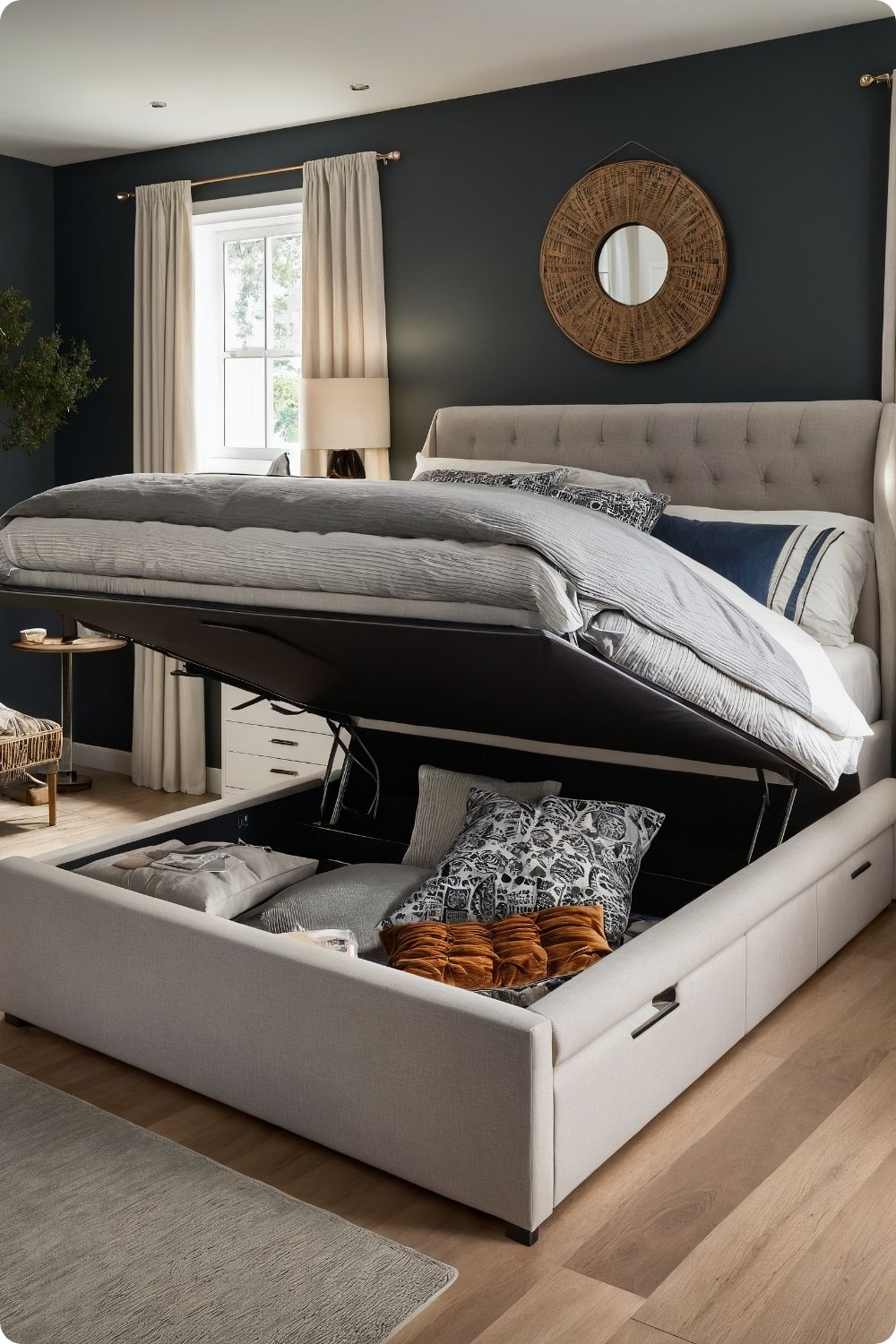
Storage beds have revolutionized how I approach small couple bedrooms. After installing dozens of these systems, I’ve learned that hydraulic lift mechanisms work better than simple drawers for couples—they provide access to larger storage areas without the clearance issues that drawers require in tight spaces.
The key insight I’ve gained is that couples need different storage zones within the same piece. I typically recommend beds with compartmentalized storage so each partner can maintain their own organized space. The most successful installations include seasonal clothing storage on one side and bedding or rarely used items on the other.
Nightstands with mixed storage—both drawers and open shelving—work best for couples with different organizational styles. I’ve found that one partner often prefers hidden storage while the other likes visible organization. The combination satisfies both preferences while maximizing functionality in minimal space.
2. Vertical Thinking: Wall-Mounted Wonders
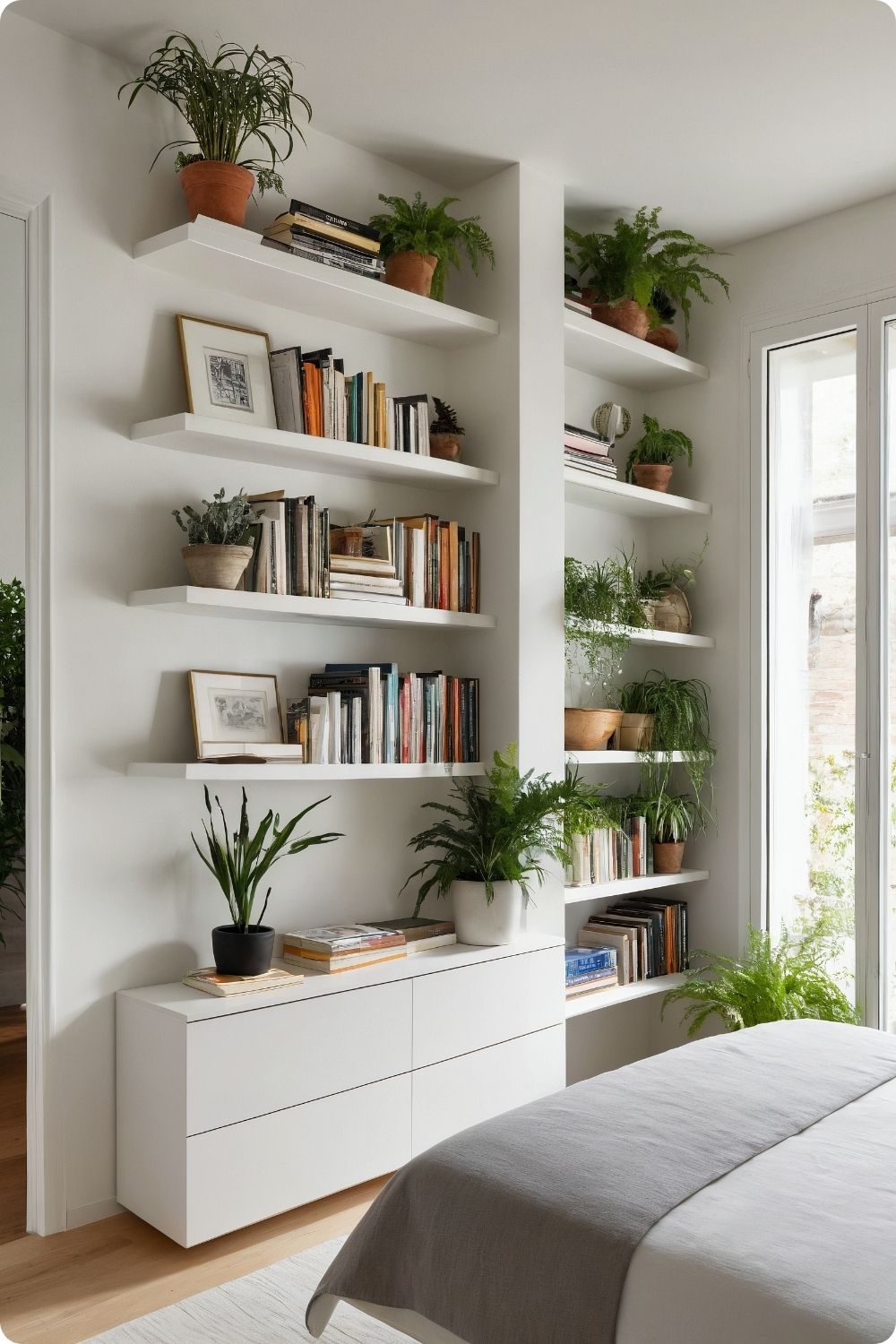
Wall-mounted storage requires careful weight distribution planning, especially in older buildings with plaster walls. I always work with contractors to ensure proper anchoring—nothing ruins romance faster than storage systems collapsing in the middle of the night.
The floating shelves I install above beds need specific clearance calculations to prevent head injuries while maintaining accessibility. My standard is 18 inches minimum between the mattress top and lowest shelf. Wall-mounted fold-down desks work beautifully for couples who occasionally work from home, but they require careful positioning to avoid interfering with bed access or closet doors.
I’ve learned that couples need symmetrical wall storage solutions to maintain visual balance and ensure both partners feel equally accommodated. Asymmetrical arrangements often create unconscious tensions about space allocation.
3. Mirror, Mirror on the Wall
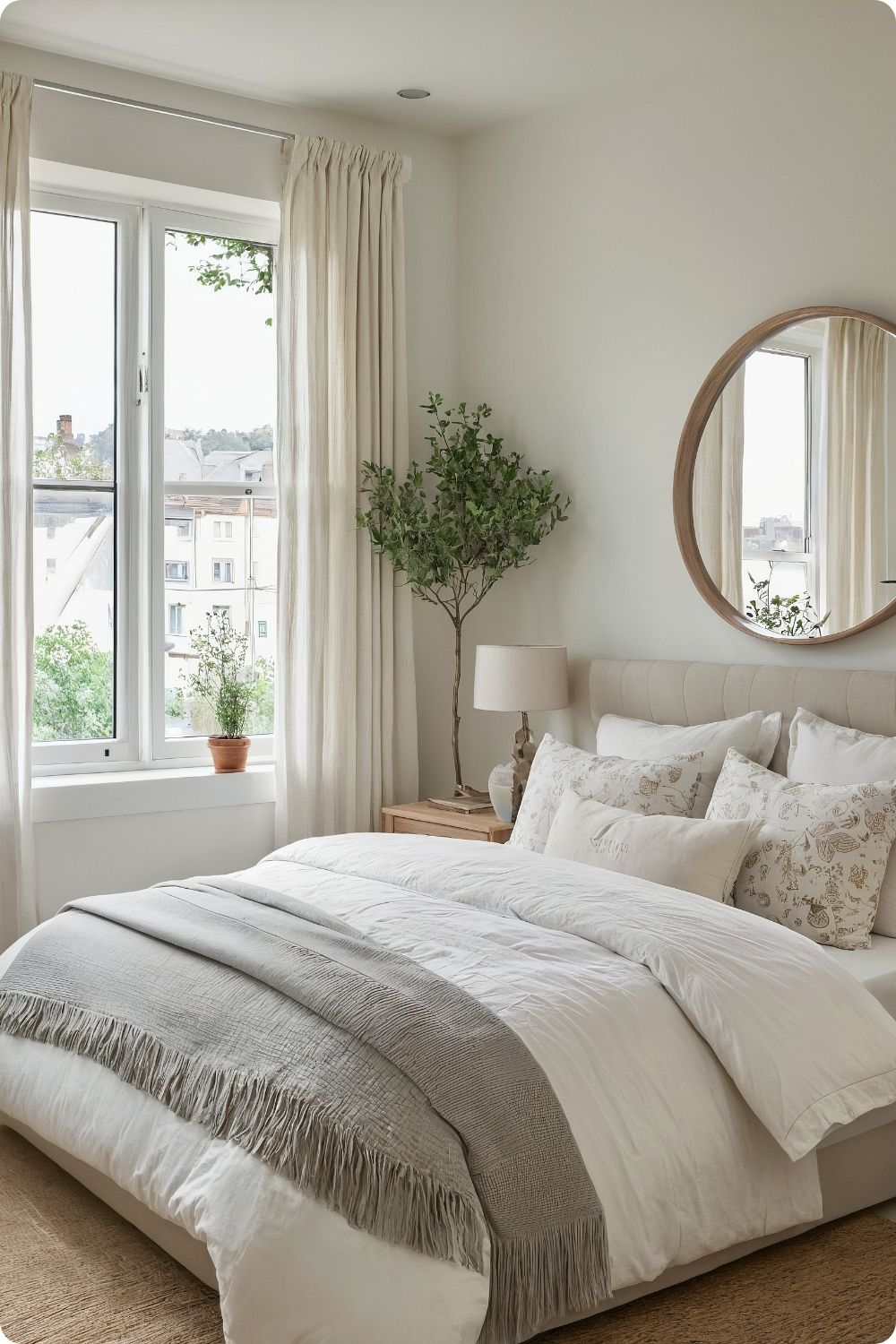
Strategic mirror placement can double a room’s apparent size, but the positioning requires understanding natural light patterns throughout the day. I typically install mirrors opposite windows to maximize light reflection, but never directly facing the bed—many couples find this psychologically uncomfortable.
Full-length mirrors on bedroom door backs work well space-wise, but they need proper reinforcement. Standard hollow-core doors can’t support large mirrors without structural backing. Mirrored closet doors remain one of my favorite solutions because they serve dual purposes while creating dramatic spatial expansion.
The mirror gallery wall technique works best when arranged with varied sizes and shapes to create visual interest rather than institutional uniformity. I’ve found that couples appreciate having both full-length and smaller mirrors for different grooming needs.
4. Light and Airy Color Palette
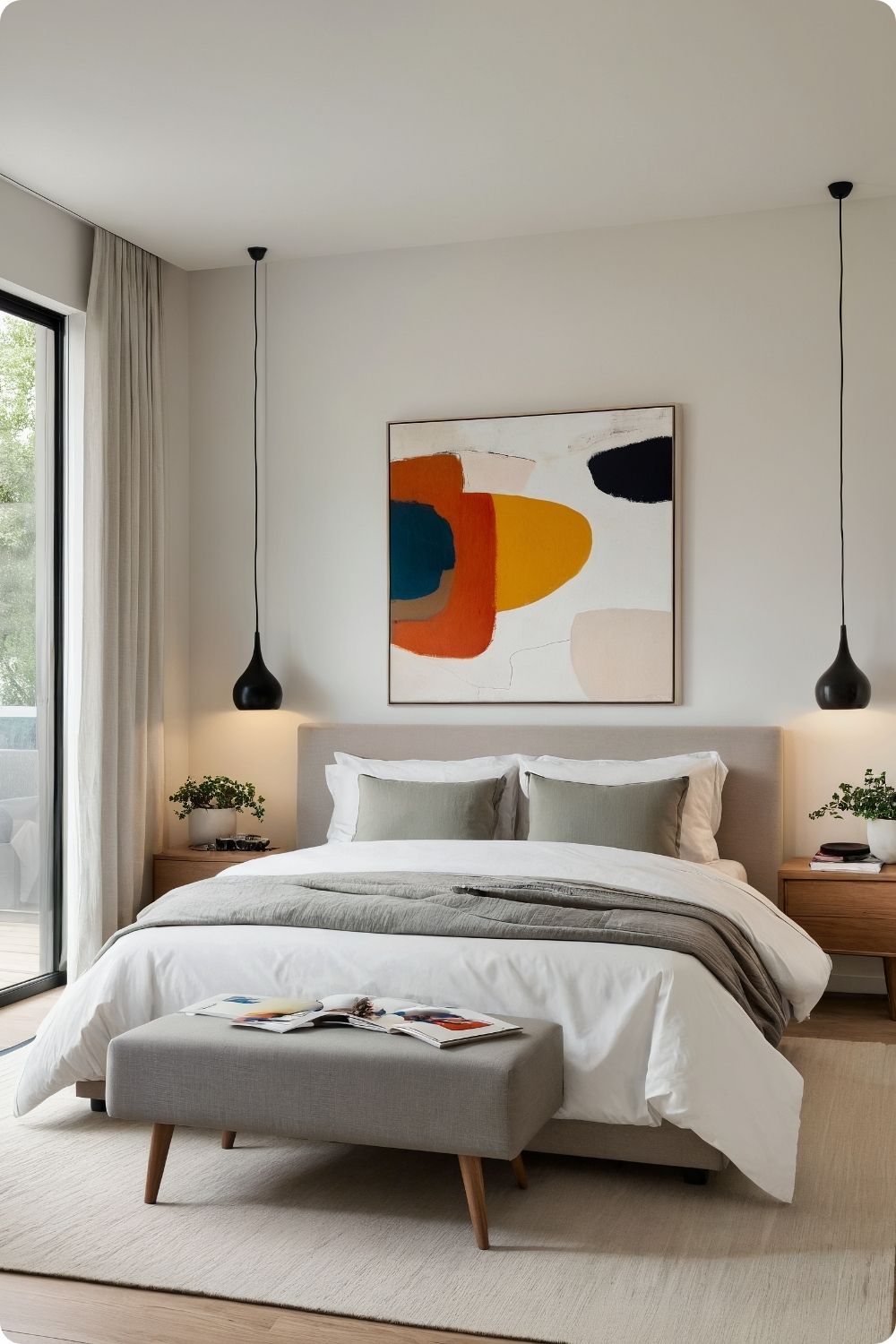
Light color schemes do make spaces feel larger, but they require careful maintenance planning for couples sharing small spaces. Pure whites show every scuff and require frequent touch-ups, while soft creams and warm whites are more forgiving for daily living.
The accent wall approach works well in small couple bedrooms because it creates visual interest without overwhelming limited space. I typically recommend the wall behind the bed for accent treatment—it creates a focal point without interfering with furniture placement or daily movement patterns.
Texture becomes crucial in monochromatic schemes to prevent spaces from feeling flat or boring. I layer different materials—linen, velvet, wood, metal—within the same color family to create depth and visual interest that keeps the space engaging for both partners.
5. Smart Closet Solutions
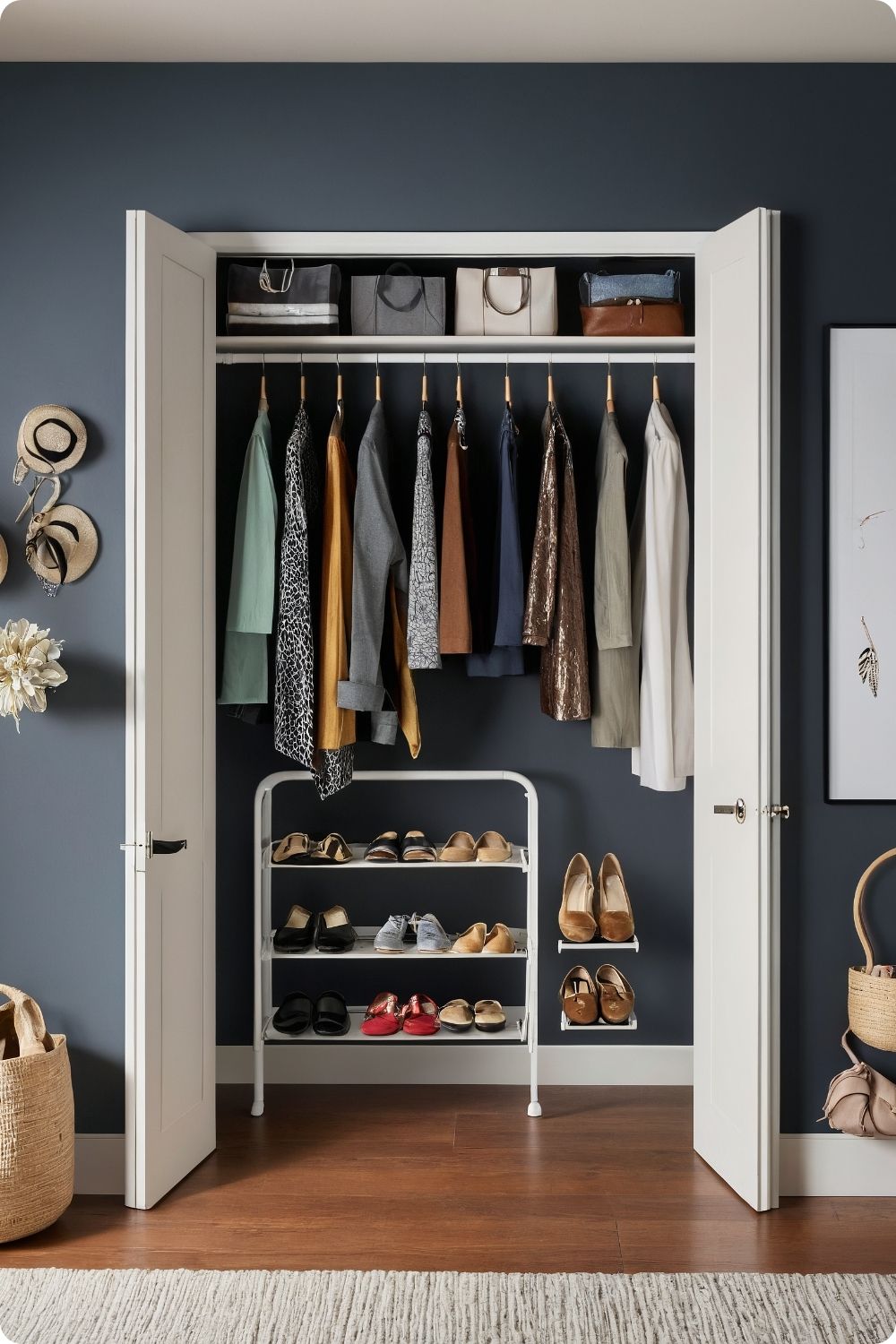
Closet organization for couples requires diplomatic space allocation and understanding different clothing care habits. Slim velvet hangers save approximately 30% more space than standard hangers, but they work best for lighter garments. Heavy coats and suits still need sturdier options.
Double-rod systems require careful height calculations based on the couple’s clothing types and heights. I measure the longest dresses or coats each partner owns, then plan rod placement accordingly. Door-hanging organizers work well for shoes and accessories, but they can’t hold excessive weight without causing door alignment issues.
Pull-out baskets and drawers make closet depths more accessible, especially important in couples’ closets where items can get buried behind a partner’s belongings. The investment in quality hardware pays off in daily functionality and relationship harmony.
6. The Power of Proper Lighting
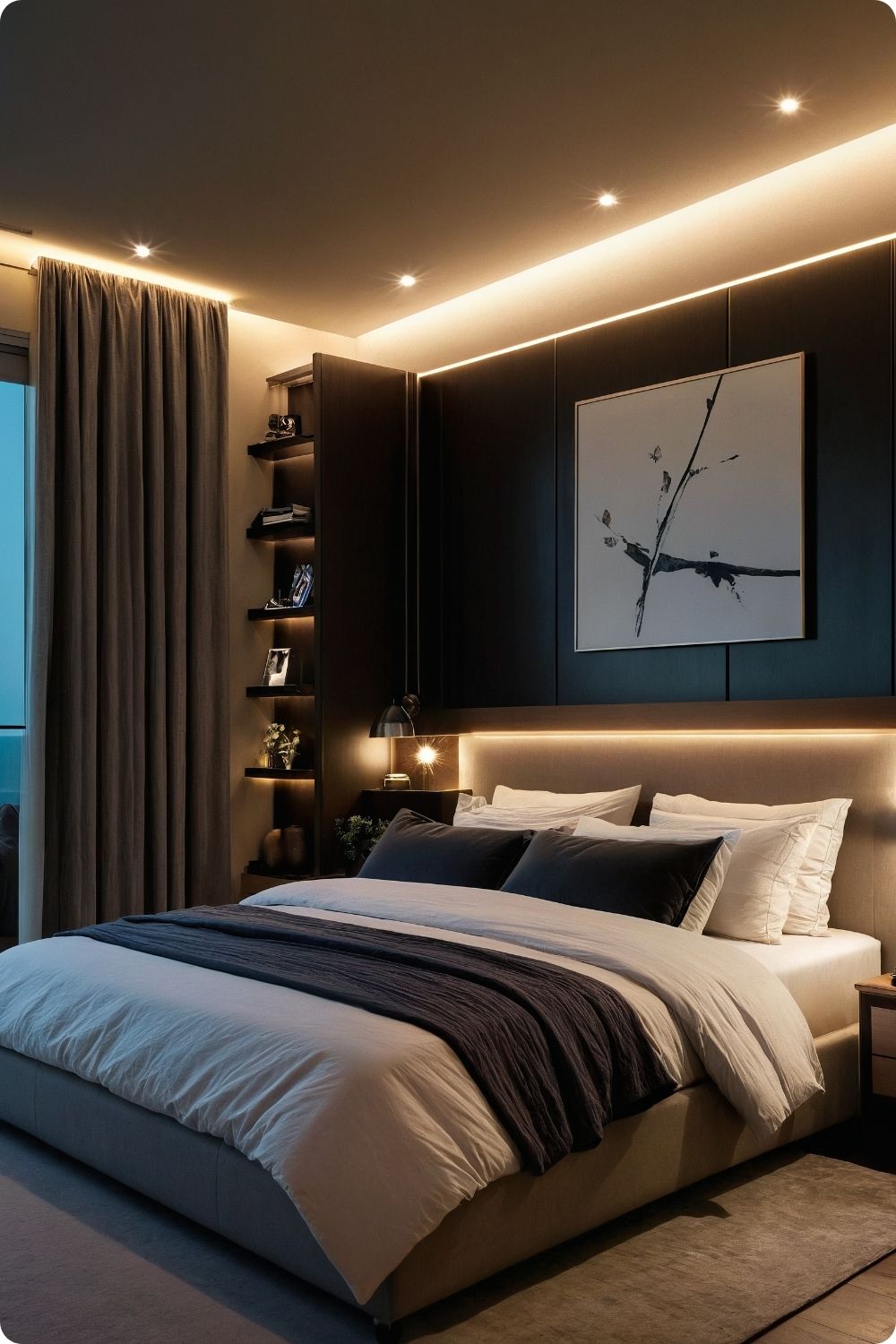
Lighting layers become essential in small couple bedrooms because partners often have different schedules and lighting preferences. Dimmer switches on overhead fixtures allow for mood adjustment, but I always include individual bedside lighting so one partner can read while the other sleeps.
LED strip lighting under beds or behind headboards creates romantic ambiance without requiring floor or table space. The warm color temperature (2700K-3000K) works better for bedrooms than cooler commercial lighting. Wall sconces save nightstand surface area while providing better reading light than many table lamps.
I’ve learned that couples need independent lighting controls to maintain harmony. Shared switches create conflicts when partners have different preferences or schedules.
7. Floating Nightstands
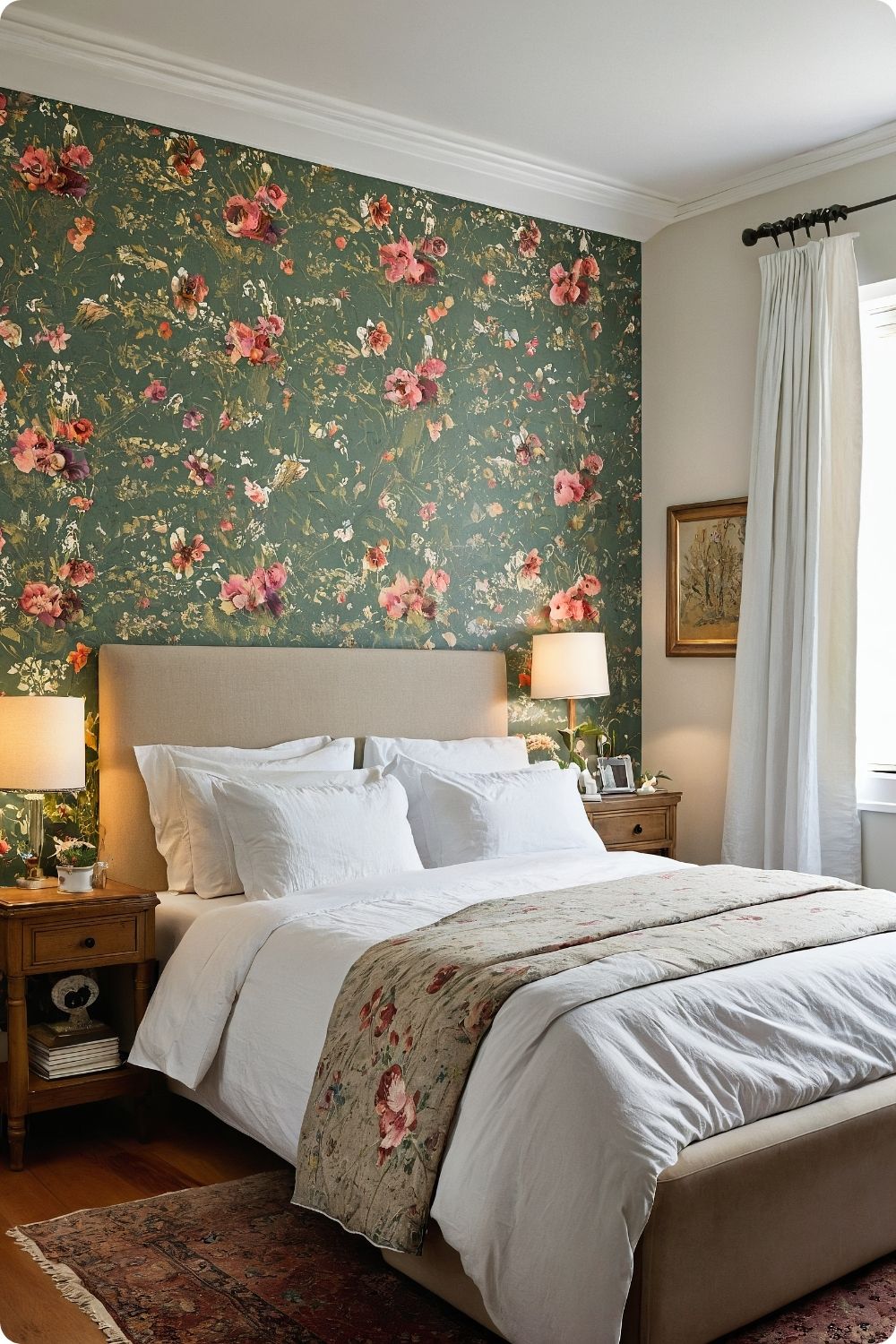
Wall-mounted nightstands require understanding each partner’s bedside needs before installation—height, storage requirements, and daily routines all influence optimal placement. The standard height is 25-27 inches from the floor, but I adjust based on mattress height and user preferences.
Built-in USB ports and wireless charging pads eliminate cord clutter that can make small spaces feel chaotic. I position these features on the side each partner uses most frequently. The floating design makes floor cleaning easier, important in small spaces where clutter accumulates quickly.
Some couples prefer asymmetrical nightstand solutions—different storage needs don’t always require matching furniture. This approach can actually work better functionally while maintaining visual balance through color or material coordination.
8. The Incredible Shrinking Bed
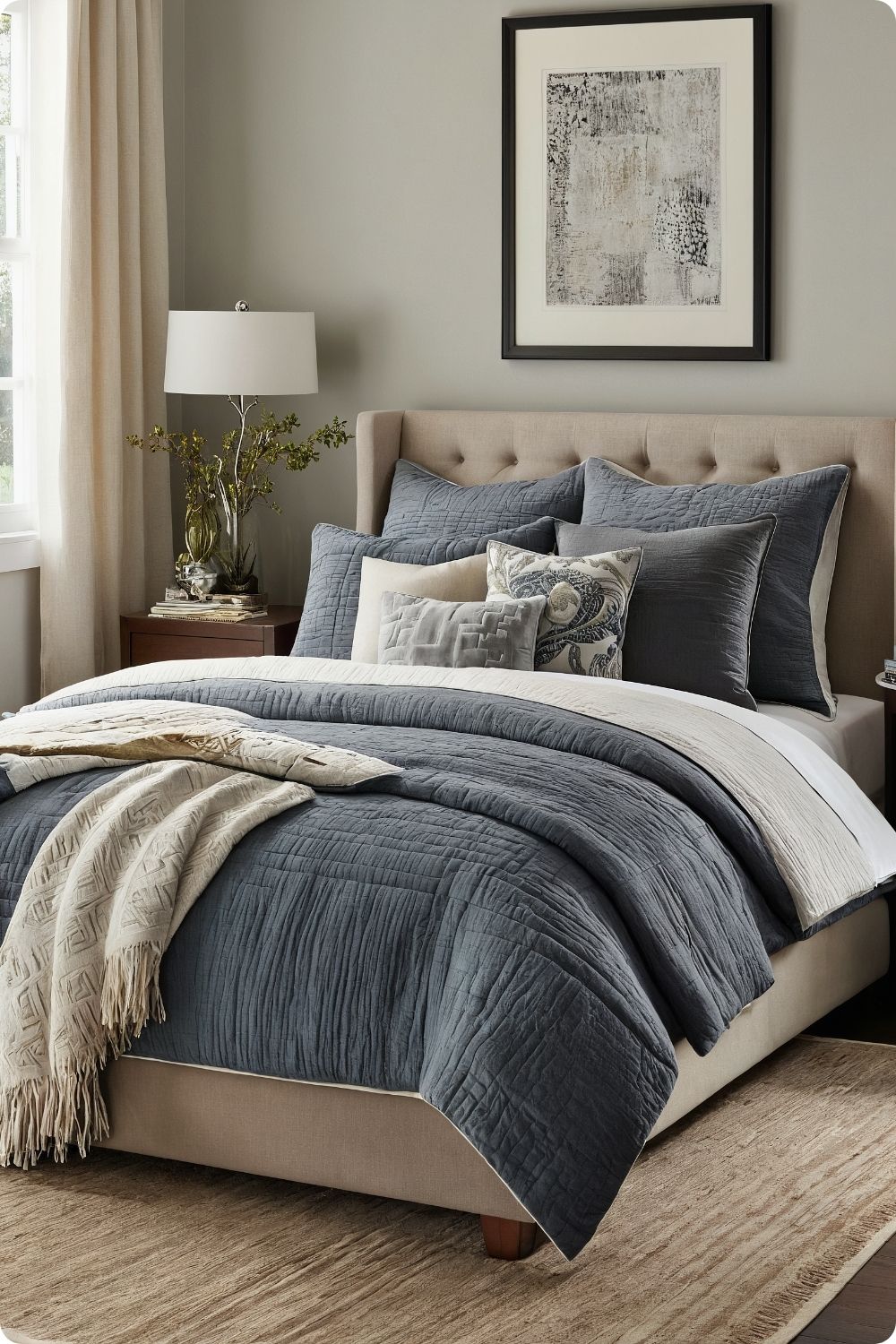
Murphy beds and daybeds require significant planning for couples because the mechanism must accommodate two people’s worth of bedding and personal items. Quality Murphy bed systems cost more initially but provide years of reliable operation—cheaper alternatives often fail and create safety hazards.
Daybed arrangements work well for couples in studio apartments because they create distinct living and sleeping zones. The key is choosing mattresses that work for both sleeping and seating—memory foam often works better than traditional innerspring for dual purposes.
The styling during transition between bed and seating modes needs to be simple enough for daily use. Complicated pillow arrangements that look beautiful in photos often get abandoned in real life when couples are tired or rushed.
9. Corner Conquerors
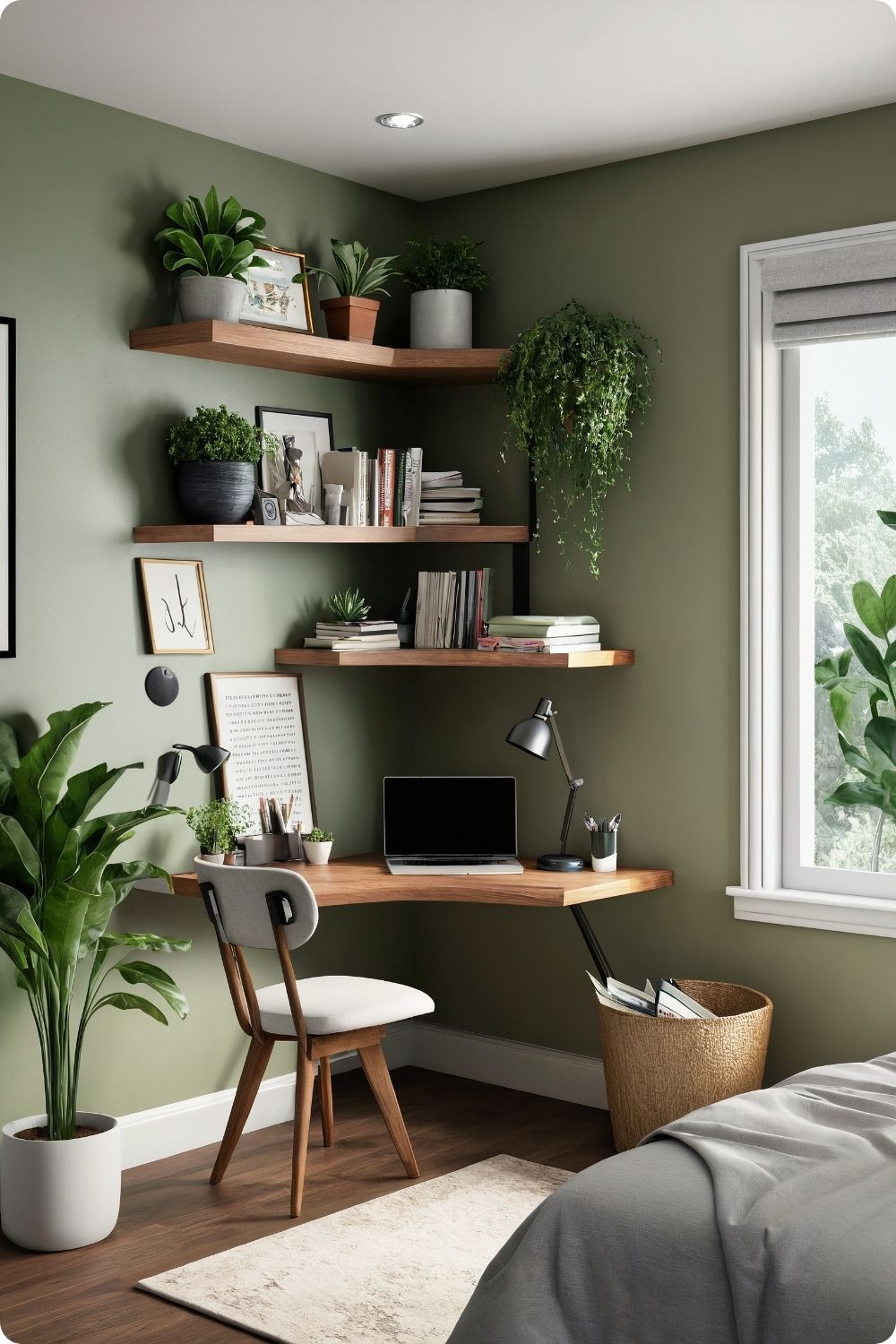
Corner spaces often get overlooked, but they can provide essential functionality in small couple bedrooms. Corner desks work well for partners who work different schedules—the positioning provides privacy while maximizing floor space efficiency.
Corner shelving units need careful proportioning to avoid overwhelming small rooms. I typically recommend units that extend no more than 18 inches into the room to maintain traffic flow. Reading nooks in corners create intimate spaces for individual time while sharing a bedroom.
The key is ensuring corner installations don’t interfere with door swings, closet access, or bed positioning. I always create scaled floor plans before committing to corner furniture placement.
10. Headboard with a Purpose
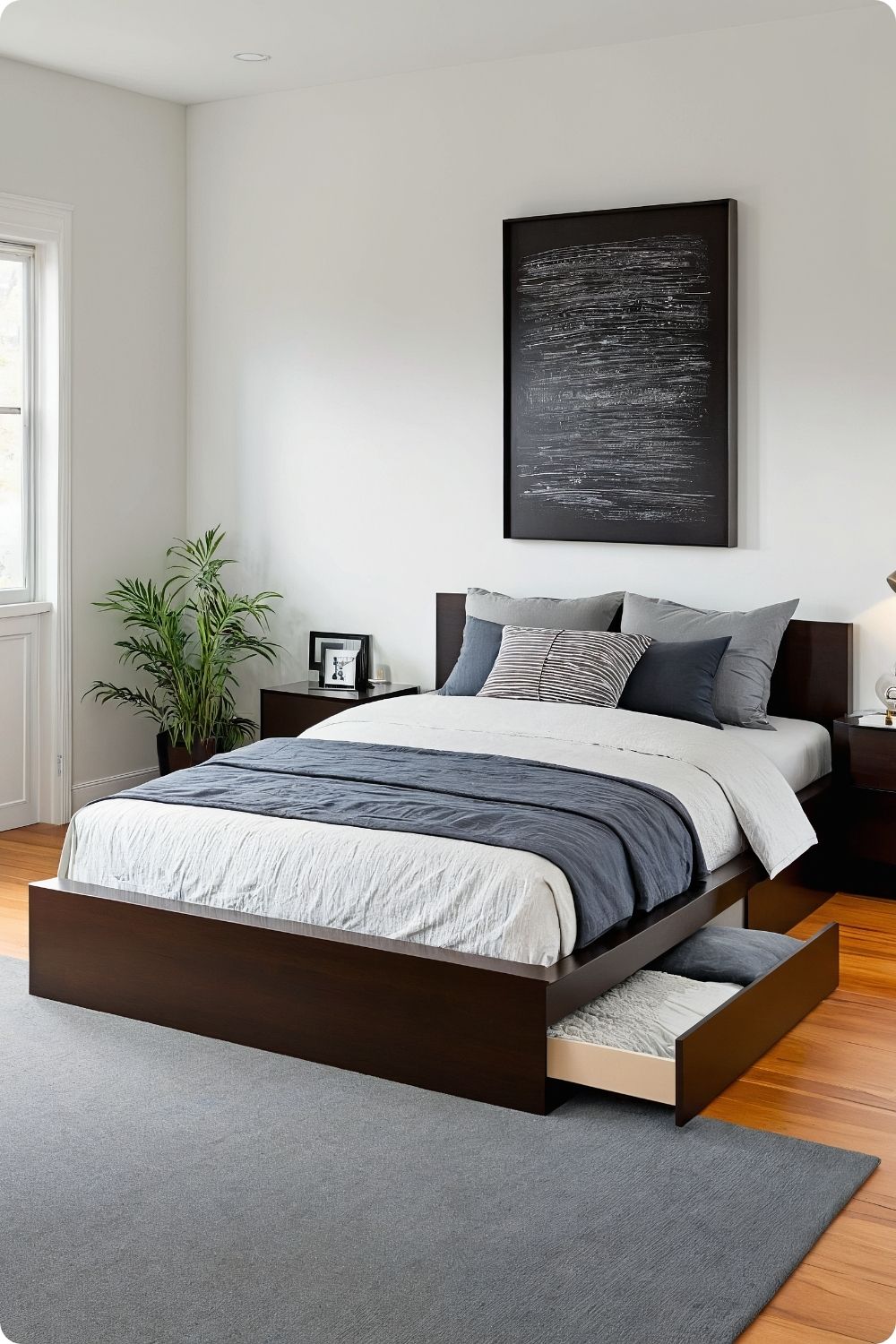
Multifunctional headboards eliminate the need for separate nightstands in extremely tight spaces, but they require careful planning for couples with different storage needs. Built-in shelving should accommodate both partners’ bedside essentials without creating access conflicts.
Headboards with integrated lighting need professional electrical installation to ensure safety and code compliance. USB ports and outlets should be positioned for easy access from both sides of the bed. Hidden storage compartments work well for items couples want nearby but out of sight.
The height and depth of storage headboards affect room proportions—they can make ceilings feel lower if not properly scaled. I typically limit headboard height to 48 inches in rooms with 8-foot ceilings to maintain appropriate visual balance.
11. Under-Bed Storage Solutions
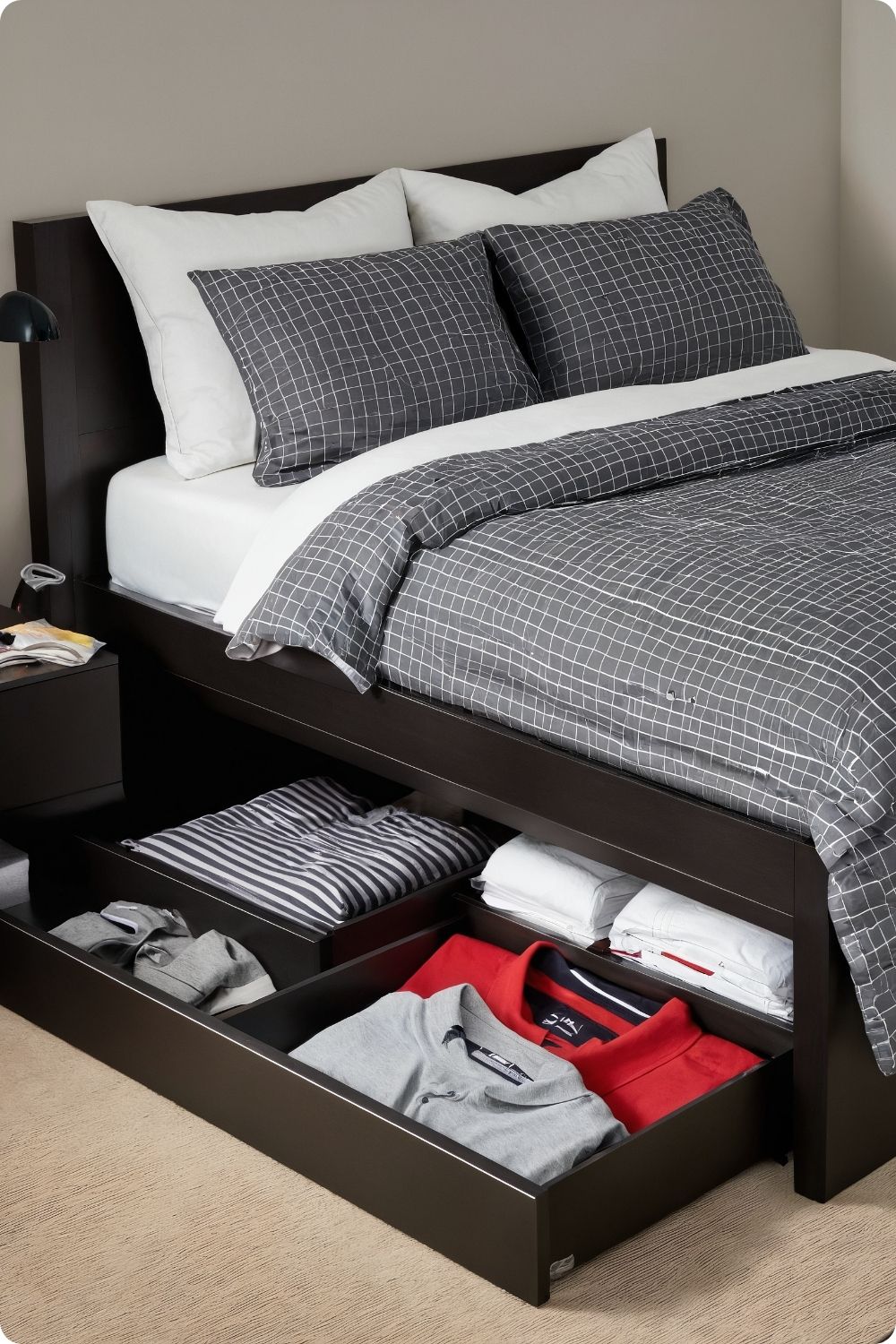
Under-bed storage requires understanding floor clearance and access patterns. Rolling containers work well if there’s adequate space to pull them fully out, but many small bedrooms lack this clearance. I often recommend containers that slide partially out for access instead.
Bed risers can create additional under-bed storage space, but they affect bed height and ease of access. This is particularly important for couples of different heights or with mobility considerations. The visual impact of raised beds also needs consideration in small spaces.
Custom-built under-bed drawers provide the best space utilization but require professional installation and careful measurement. They work particularly well in couple bedrooms because they can be compartmentalized for individual storage needs.
12. Dual-Purpose Seating
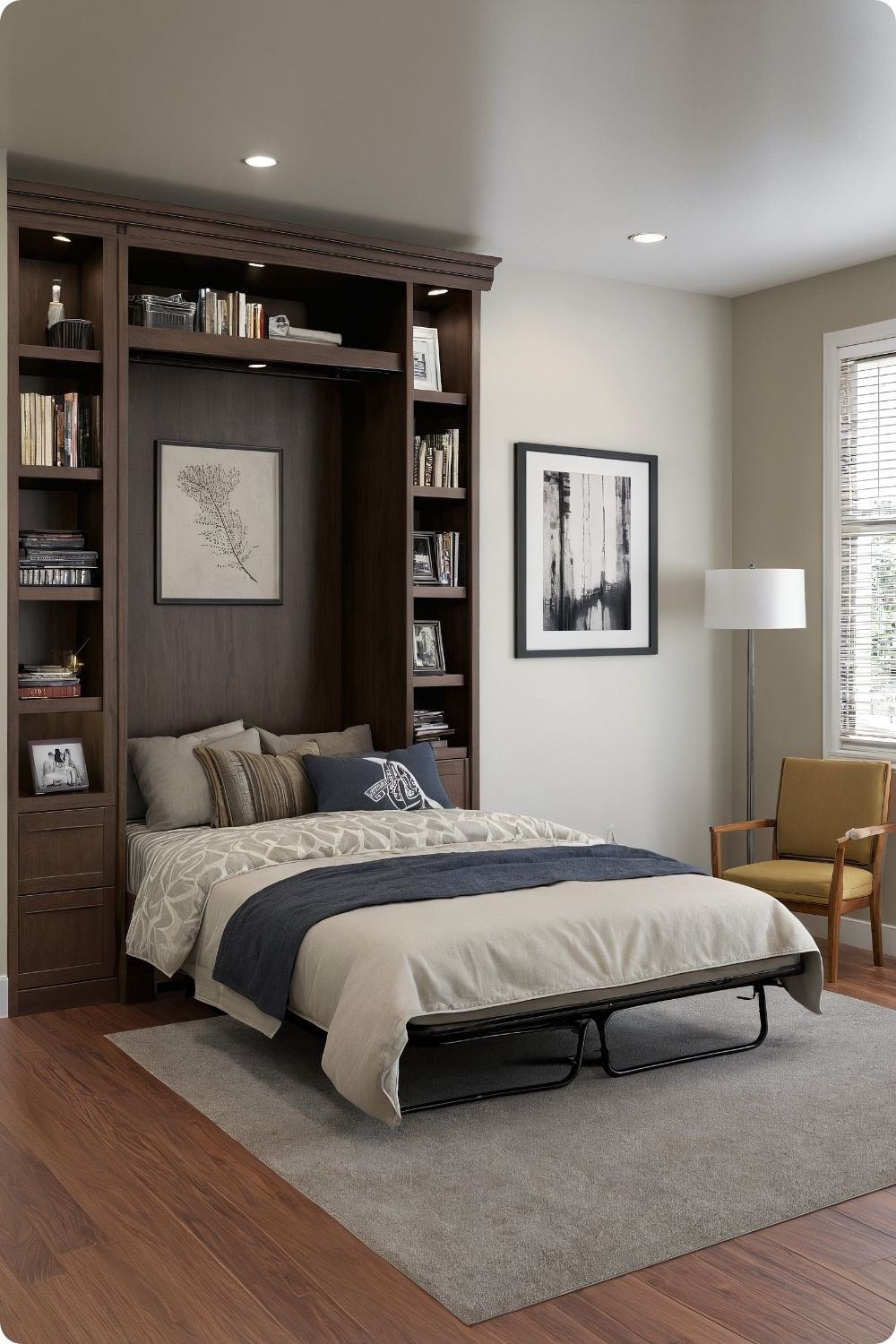
Storage benches at the foot of beds serve multiple functions but require careful sizing to avoid blocking traffic flow in small rooms. I typically recommend benches no wider than the bed to maintain visual proportions and practical movement patterns.
Ottoman storage works well for couples because it provides flexible seating that can be moved as needed. The key is choosing pieces that are sturdy enough for seating but light enough for easy repositioning. Hidden storage should be easily accessible without tipping or awkward positioning.
The styling of dual-purpose seating needs to work with both bedroom and sitting arrangements. Fabrics and colors should coordinate with bedding while being durable enough for daily seating use.
13. Minimalist Mindset
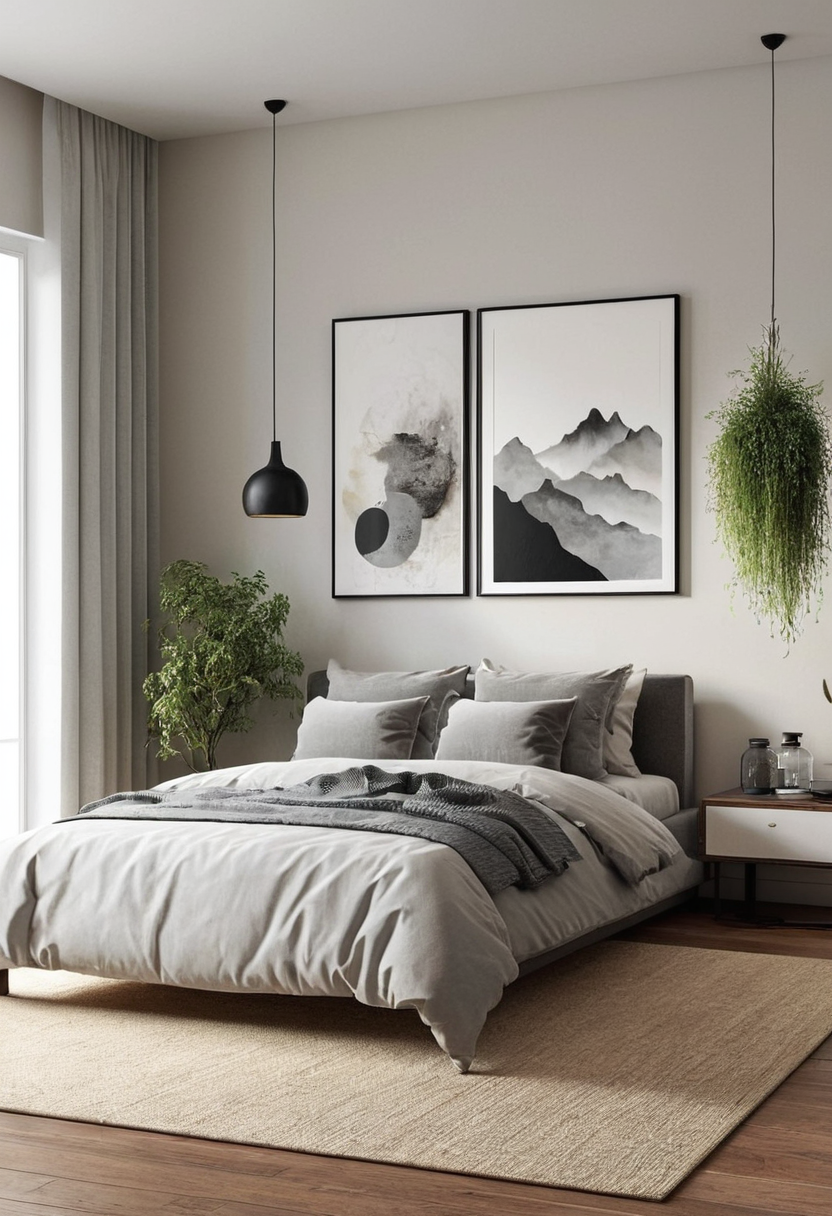
Minimalism in small couple bedrooms requires compromise and ongoing communication about possessions. The “one statement piece” rule helps prevent visual clutter, but couples need to agree on what constitutes that statement piece and whose aesthetic preferences it reflects.
Quality over quantity becomes essential when space is limited. I help couples identify which decorative items truly bring them joy versus those kept out of habit or obligation. This process often strengthens relationships by requiring honest communication about values and preferences.
The peaceful environment that minimalism creates particularly benefits couples sharing small spaces because it reduces visual stress and decision fatigue. However, the aesthetic needs to feel warm and personal rather than sterile or impersonal.
14. Creative Clothing Storage
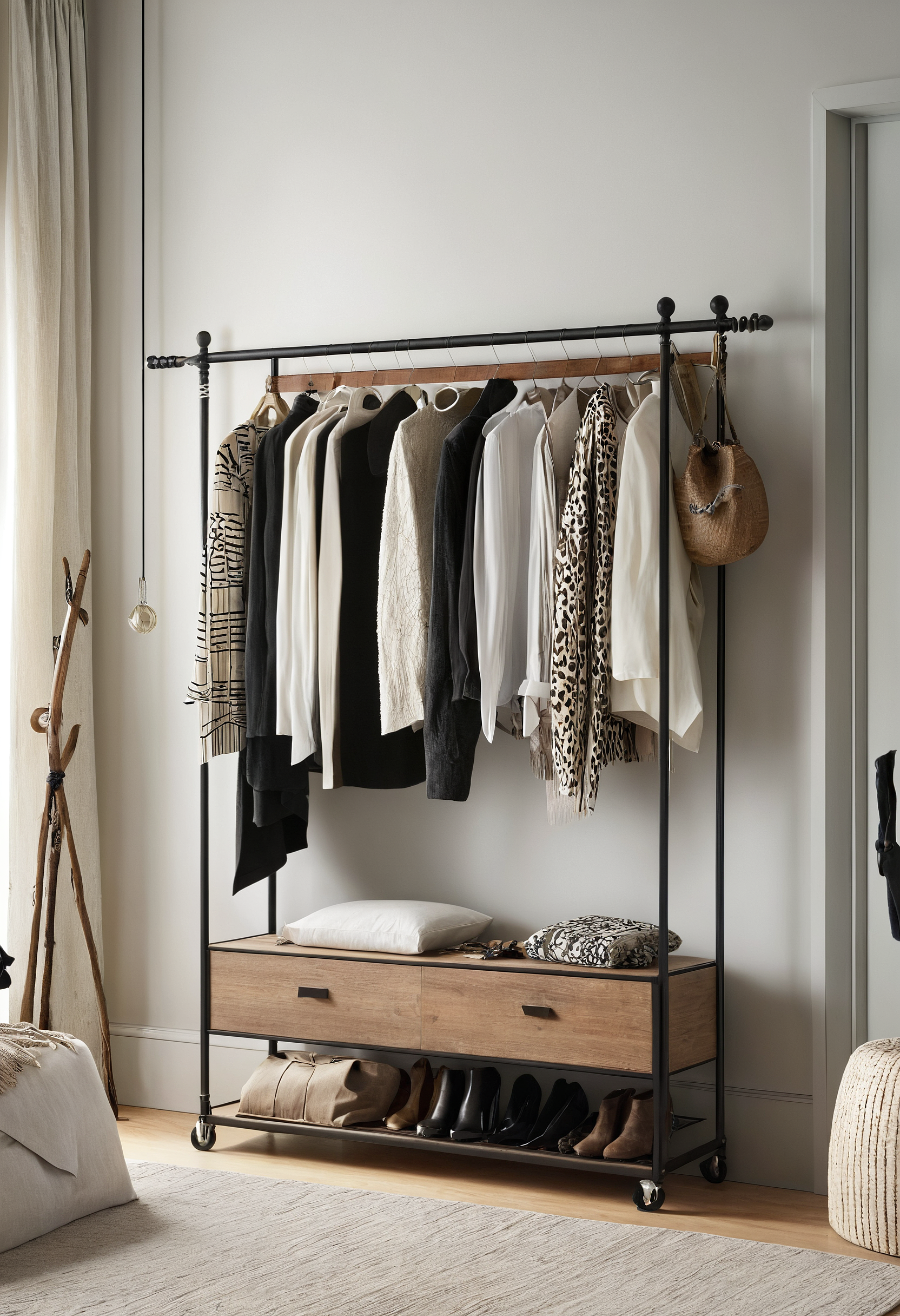
Wardrobe systems that serve as room dividers work well in studio apartments or large single rooms where couples need to create distinct bedroom areas. The key is ensuring both sides of the divider work aesthetically and functionally.
Open clothing racks require careful curation—only attractive, frequently worn items should be visible. This approach works well for couples with good style sense and organizational habits but can create chaos for those who struggle with clutter control.
Decorative hooks and ladders for displaying outfits or accessories need to be positioned where they won’t interfere with daily movement patterns. The items displayed should enhance the room’s aesthetic rather than creating visual clutter.
15. Tech-Savvy Space Savers
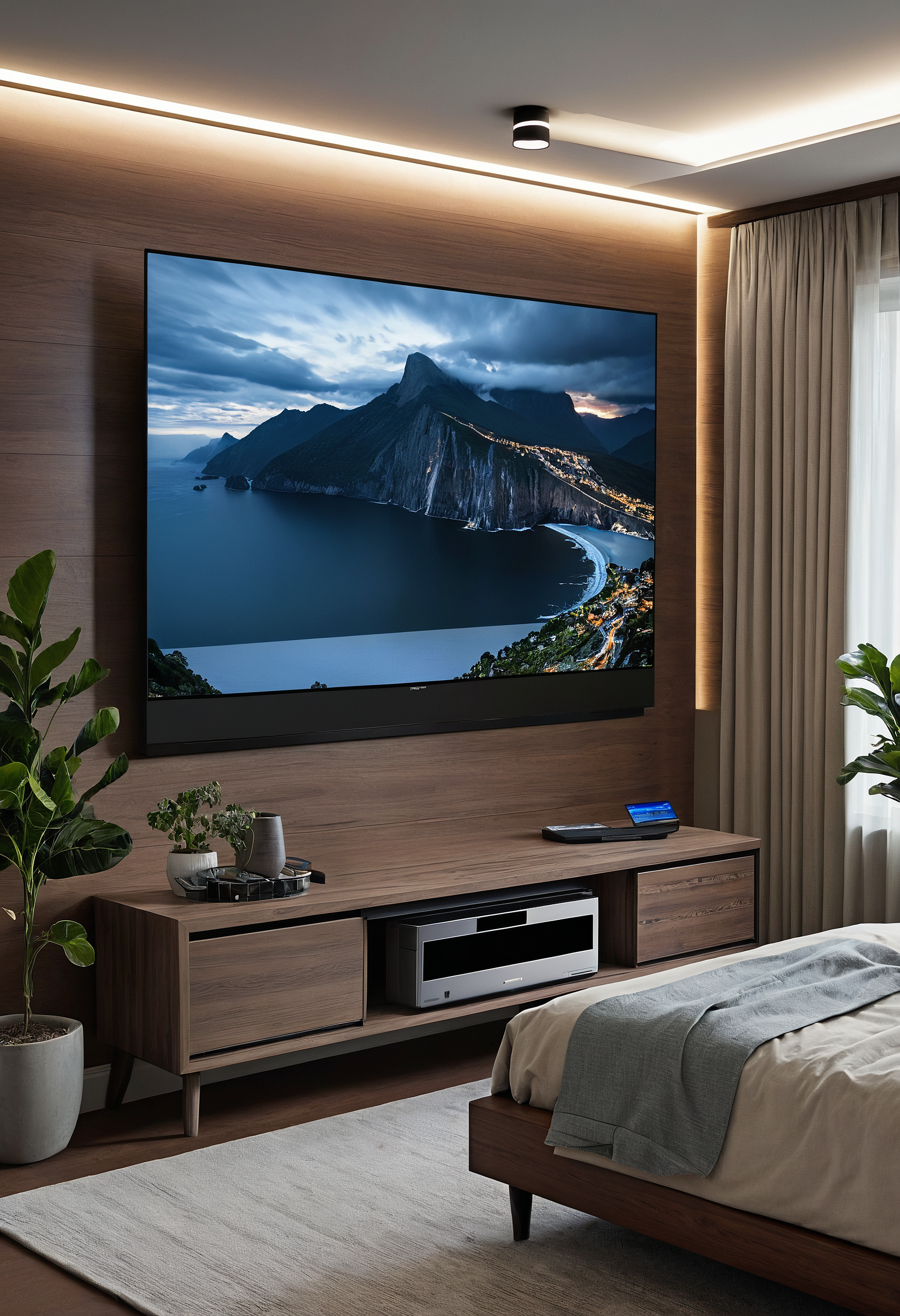
Projectors and retractable screens eliminate the need for large TVs and entertainment centers, but they require dark wall surfaces and specific seating distances for optimal viewing. Ceiling-mounted projectors need professional installation and appropriate electrical planning.
Smart home integration can reduce physical control clutter, but it requires reliable internet connectivity and backup manual controls for when technology fails. Couples need to agree on which systems to automate and ensure both partners can operate them independently.
Wireless charging built into furniture eliminates cord clutter but needs strategic positioning to serve both partners’ devices. The technology works best when integrated during initial furniture selection rather than retrofitted later.
My Professional Insights and Recommendations
Through years of designing small bedrooms for couples, I’ve learned that success depends more on thoughtful planning and communication than on expensive solutions. The most functional small bedrooms result from couples honestly discussing their individual needs and finding creative ways to accommodate both partners within limited space.
The key is prioritizing functions over aesthetics initially, then finding beautiful ways to fulfill those functions. Couples who start with Pinterest-worthy images often create spaces that look good but don’t support their daily lives or relationship dynamics.
Start by tracking how you actually use your current bedroom for one week—note where conflicts arise, what activities happen where, and what storage needs go unmet. This data provides the foundation for design decisions that will actually improve your daily life rather than just following trends.
Remember that small bedrooms can enhance intimacy by encouraging closeness and shared experiences. The key is designing spaces that support both togetherness and individual needs, creating a foundation for both romance and practical daily living.

